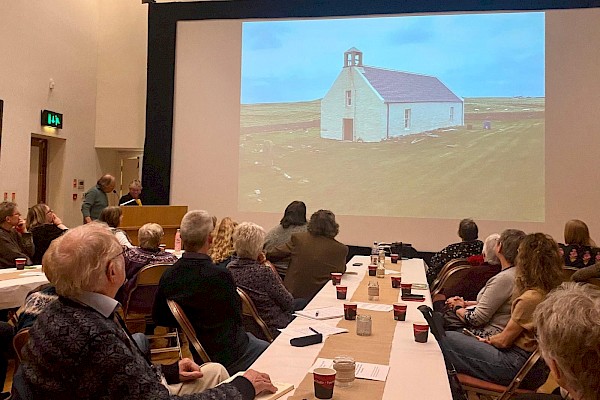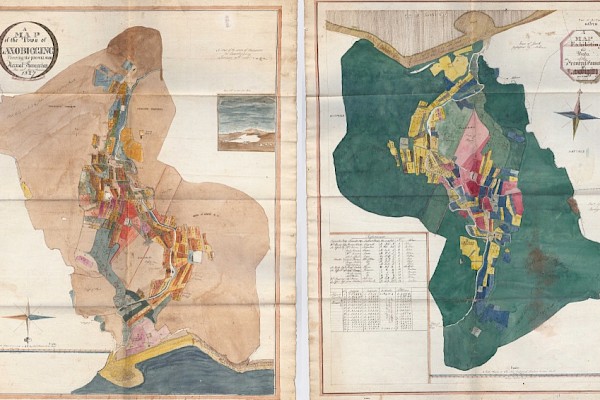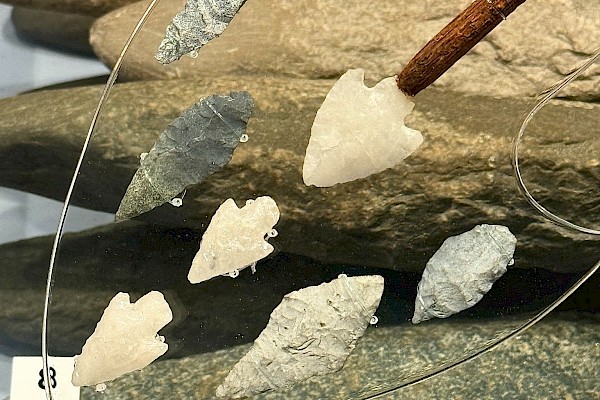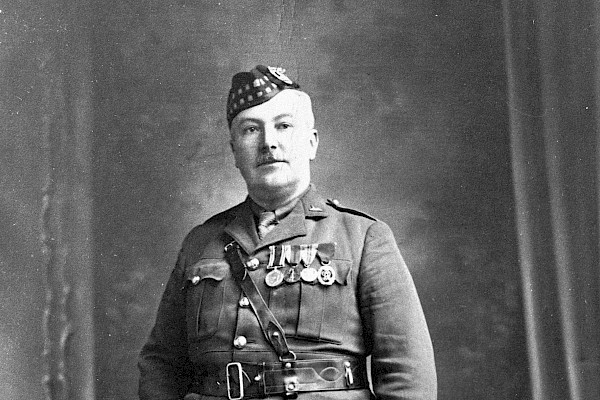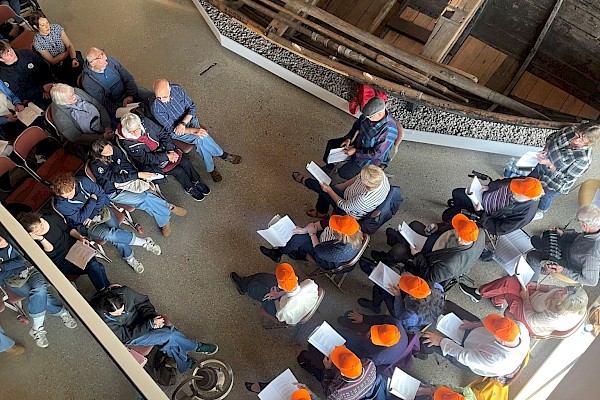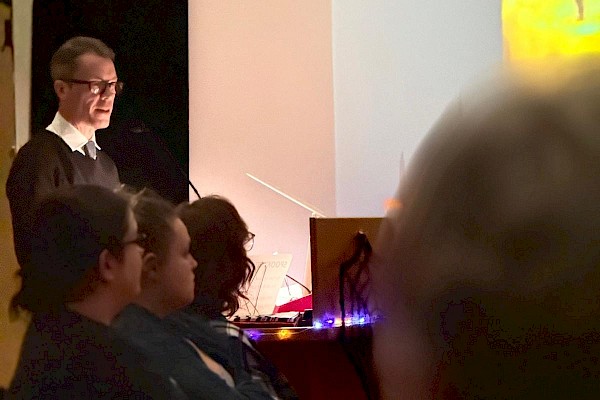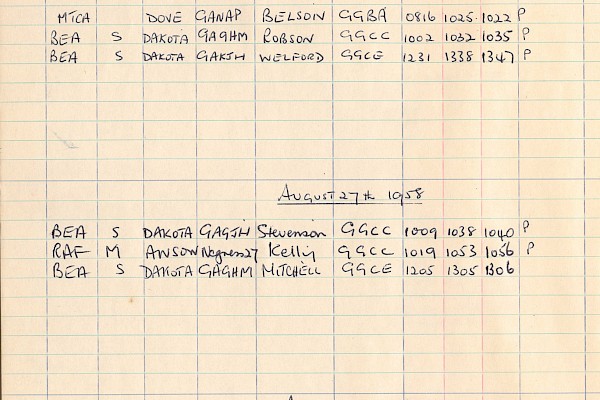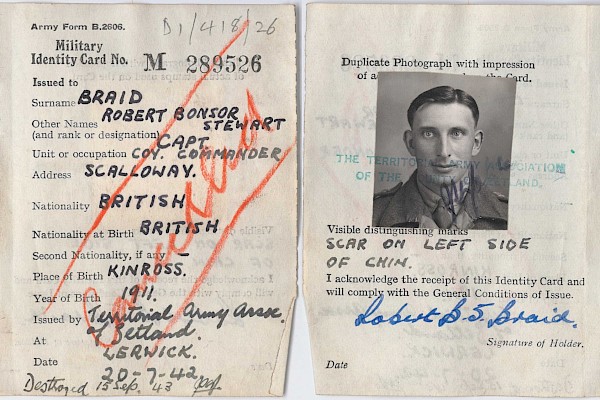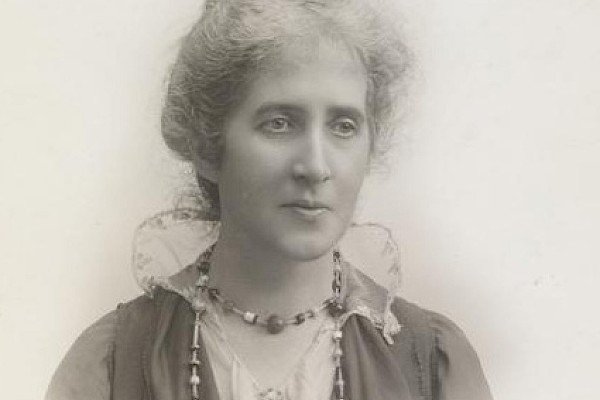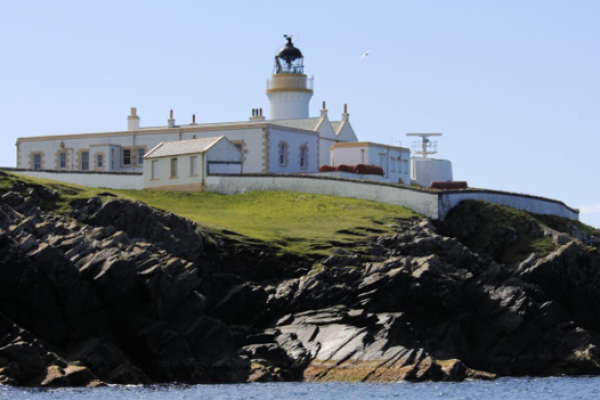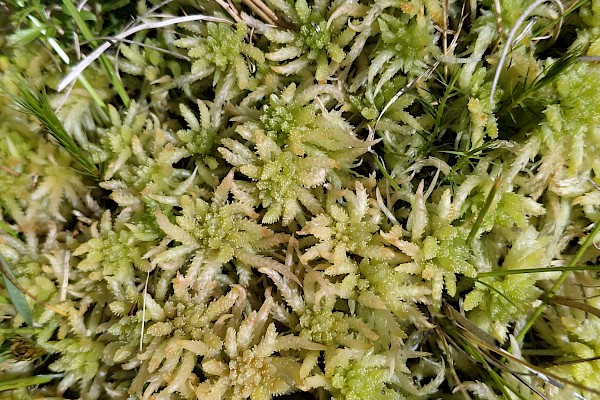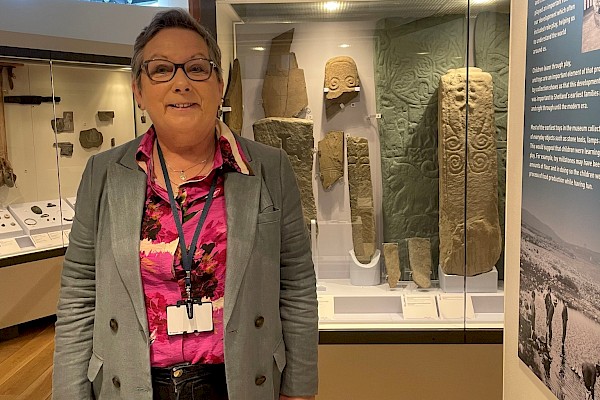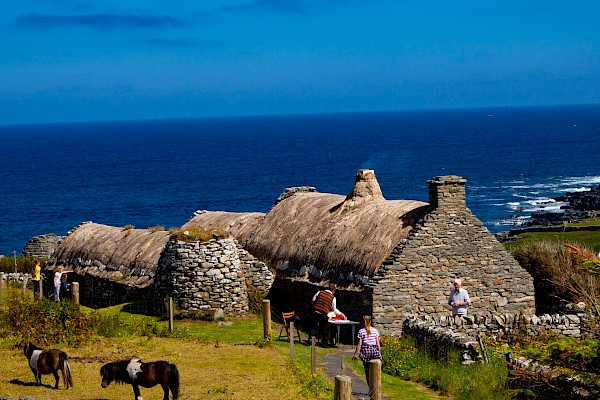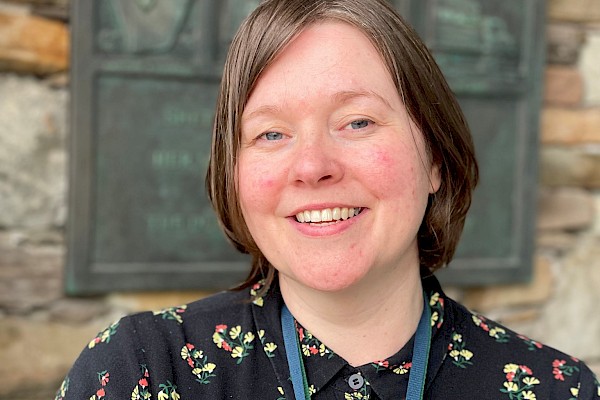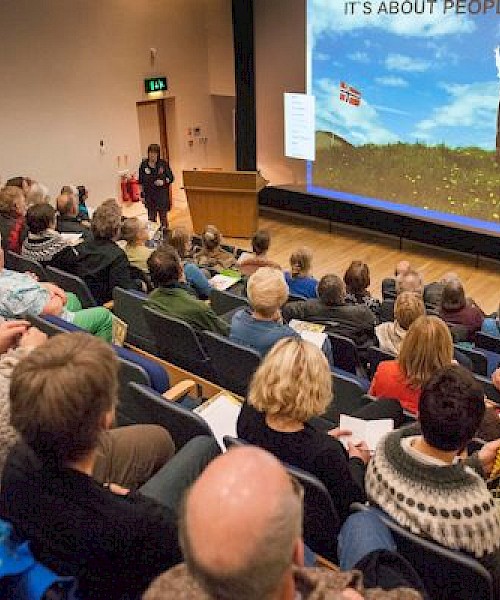Winter Sports
We’ve had a fine spell of weather of late, snowy, frosty, crispy. Out for a walk one day I was told someone had been spotted skiing, a dedicated winter sports enthusiast had taken advantage of one of the few opportunities Shetland offers in the time of year. We get cold weather in winter, true, but thanks to a maritime regime and climate change we get wind chill and wet, not the pre-Arctic winter 60 North latitude implies.
In the past couple of weeks we’ve all been remarking on the 'novelty frozen lochs', and urging safe practices. It wasn’t always like that. The late nineteenth century had sustained spells the right kind of winter weather, and frozen bodies of water were an opportunity, not a novelty.
The Museum has a curling stone on display, and the photographic database shows gentlemen out on Clickimin Loch. The Archives has papers from the Ultima Thule Curling Club, going back to 1875, all part of how Lerwick developed civilised sporting pursuits as living standards rose and the Victorian era progressed. It met in the Town Hall itself.
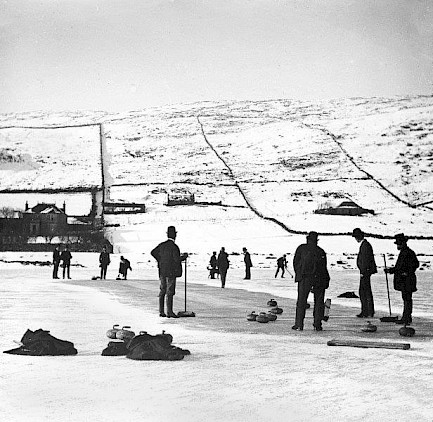
Curling at Clickimin, late 1880s, Helendale House in background. Shetland Museum 00425K
J. Leisk Photographer
The Shetland Times of 30 December 1876 reported curling at Clickimin Loch, despite the ice being rough. Not just curling, but also skating. Ice skates probably go further back in Shetland than you think, the ancient Norse people used skates made of bone. It isn’t difficult to imagine them too making the best of a frozen loch. R.T. Tait, an ironmonger, advertised a more modern variety suitable for Ladies, Gentlemen, and Youths on 13 January 1877. The previous week he’d advertised that other favoured winter product the india-rubber hot water bottle. By 1903 the fondly remembered Stove and Smith store were advertising a variety of skates, and would post them to you for sixpence. That implies it wasn’t just a recreation in Lerwick.
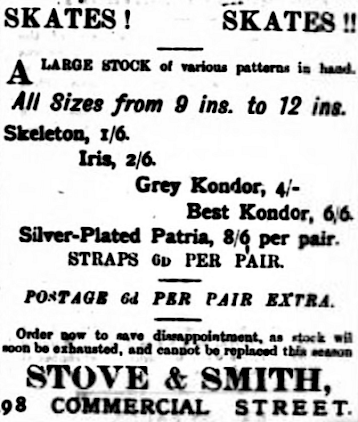
The right conditions weren’t guaranteed, but for a few decades skating and curling had a good run. The Shetland Times 29 January 1910 reported Such has been the run on skates that not a single pair is to be had at any of the shops in the town. The curlers established a facility in the new Gilbertson Park, giving a better and safer surface. Shetlanders going abroad picked up skills and equipment. One returnee from Canada around tried out his skates on a loch at Vidlin, and promptly went through.
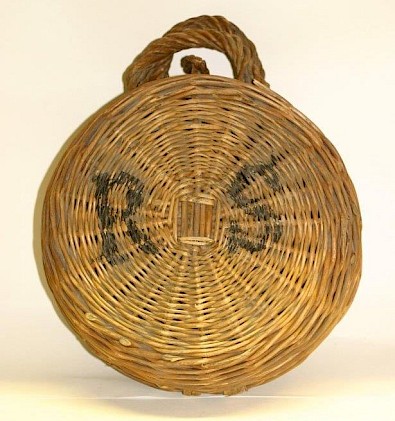
Sadly, the winter sports didn’t carry on into the twentieth century. There were problems with repairing the curling and skating pond in Gilbertson Park before the First World War, and in the Shetland News, 13 November 1919 Now that we seem to have got out of the old-fashioned winters, with their prolonged spells of frost and snow, skating and the “roaring” game, have become lost arts. Despite the News proposing renovations to the Gilbertson Park pond, skating and curling disappeared from Shetland. The generous provision of Shetland sport and leisure facilities that took place in the past four decades didn’t include an ice-rink. You can’t provide everything.
There are still are people in Shetland who are capable in winter-sports. Curling is no doubt missed by some people who have moved here from the rest of the UK. There’s probably core of skating skills among the people who moved here from Eastern Europe. Some Shetland people know how to ski because they went on winter holidays and learned. And among the older men, some learned to ski from Norwegians in South Georgia, but that’s another story.
